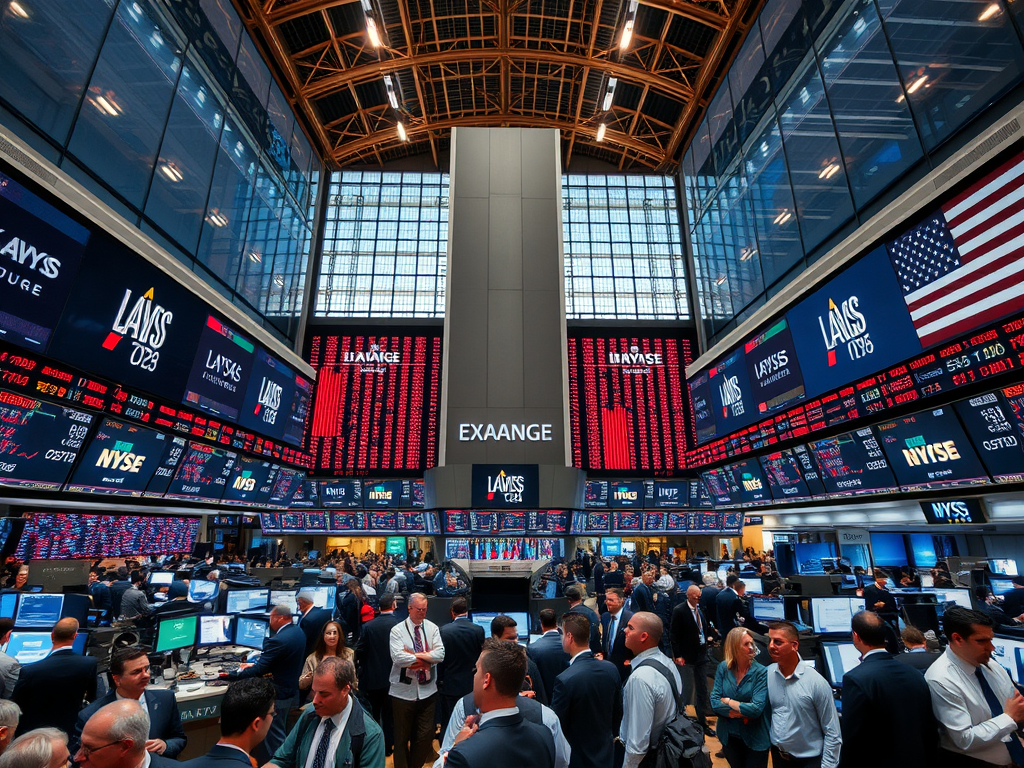What is Real-Time Bidding (RTB)?
Real-Time Bidding (RTB) is one of the core mechanisms that powers programmatic advertising. It is a digital auction process where ad impressions are bought and sold in real time, within the fraction of a second it takes a webpage or app to load.
Instead of manually negotiating prices with publishers, advertisers can automatically bid for the opportunity to show their ad to a specific user. This ensures that advertising budgets are used more efficiently and that audiences are targeted with greater precision.

How does RTB work?
When a user visits a website or app, an ad request is triggered. This request is sent to an ad exchange, which acts as a marketplace where advertisers can bid for the available impression.
The process, which happens in less than 200 milliseconds, typically follows these steps:
- User visits a page
The website sends a signal that an ad slot is available. - Auction begins
Advertisers, through their Demand-Side Platforms (DSPs), place bids to display their ad to this specific user. - Highest bid wins
The winning ad is instantly loaded and displayed on the page. - Campaign data is collected
Advertisers analyze performance data to optimize future bidding strategies.
This lightning-fast auction happens for every single ad impression across millions of websites and apps every day.
Why is RTB important?
RTB revolutionized online advertising by making the buying process more dynamic and data-driven. Instead of purchasing bulk impressions in advance, advertisers can now:
- Bid impression by impression – each opportunity to show an ad is evaluated individually.
- Use data for targeting – advertisers can decide whether or not to bid based on demographics, browsing behavior, or location data.
- Optimize budgets – money is spent only where there is a high chance of engagement or conversion.
Key players in RTB
- Advertisers: Brands that want to reach specific audiences.
- DSP (Demand-Side Platform): The software advertisers use to place automated bids.
- Ad Exchange: The digital marketplace where auctions take place.
- SSP (Supply-Side Platform): The tool publishers use to make their ad inventory available.
- Publisher: The website or app that shows the final ad.
Example of RTB in action
Imagine an airline company wants to promote flight deals. Through RTB, they can automatically target:
- Users who recently searched for travel destinations,
- People who visited booking platforms but did not purchase,
- Or frequent travelers who fall within certain income brackets.
If one of these users visits a news website, the airline’s DSP can bid to show them an ad. If their bid wins, the user instantly sees a personalized flight offer.

Advantages of RTB
- Precision targeting – Ads reach the right user at the right time.
- Efficiency – Advertisers avoid wasting budget on irrelevant impressions.
- Transparency – Clear insights into where ads appear and how they perform.
- Scalability – Millions of impressions can be bought across diverse publishers.
- Real-time control – Campaigns can be adjusted instantly based on performance.
Challenges and concerns with RTB
While RTB offers many benefits, it also comes with challenges:
- Privacy concerns – With stricter data protection regulations (like GDPR and CCPA), advertisers must carefully manage user data.
- Brand safety – Without proper controls, ads may appear on low-quality or unsafe websites.
- Ad fraud – Fake impressions and bot traffic remain a risk in automated systems.
- Complexity – RTB requires advanced technology and expertise to manage effectively.
To address these issues, advertisers often use verification tools and work with trusted partners to ensure quality and compliance.
The future of RTB
As technology advances, RTB continues to evolve. Some important trends include:
- Cookieless advertising: With third-party cookies disappearing, RTB will increasingly rely on contextual targeting and first-party data.
- AI and machine learning: Algorithms will become even smarter at predicting user behavior and setting optimal bids.
- Connected TV (CTV) and audio: RTB is expanding beyond display ads to video, streaming platforms, and podcasts.
- Greater transparency: Publishers and advertisers demand more control and insight into the bidding process.
Conclusion
Real-Time Bidding (RTB) is the engine that drives much of today’s programmatic advertising ecosystem. By enabling advertisers to bid on individual impressions in milliseconds, RTB makes digital advertising more efficient, targeted, and measurable than ever before.
While challenges like privacy and ad fraud remain, the future of RTB looks strong, with new technologies ensuring advertisers can continue to reach audiences in smarter and more effective ways.
Want to dive deeper into programmatic advertising? Read our next article The benefits of programmatic advertising.
“This article was written by Digital Rebel, specialists in online advertising and programmatic media buying.”
